Content
There are endless battles on the Russian forums of poultry farmers on the topic "does the golden phoenix quail exist or is it a myth"? Some believe that this is an invention of sellers in order to increase egg sales and in fact it is a Manchu quail. Others, referring to the standard of the Manchu quail breed, which weighs about 200 grams, argue that the Golden Phoenix exists as a quail breed, since the birds of this breed weigh twice as much as the Manchu quail.
In reality, the Phoenix golden quail is most likely a French broiler branch of the Manchu quail.
Description of the Golden Phoenix breed
The Manchu phoenix is related to a beautiful light yellow plumage, which under certain lighting gives the impression of gold, but the phoenix weighs 400g and is a broiler breed.
Like any broiler bird breed, the golden phoenix has a fleshy chest and powerful legs.
Females are 50 - 150 g larger than males. Although quails grow to full size two months after hatching, females begin to rush after a month and a half. The average weight of an ordinary egg in this breed is 15 grams, but according to the reviews of the owners of these quails, if you feed the birds with broiler feed, then the eggs are more than 20 g. This size of eggs does not have a very good effect on the health of females and the production of young animals, but it all depends on the goals : selling eggs or quail breeding.
Productive characteristics
Consuming 40 g of feed per day, female phoenixes, according to the advertisements, lay 300 eggs per year. True, the owners of these quails claim that the Manchu quail has a higher egg production, and the Manchurian lays 220 eggs a year. To establish where the truth is possible only by experience.
How easy it is to understand from the situation around the "nest", the photo is advertising. In fact, domesticated quails are devoid of the incubation instinct and the Golden Phoenix is no exception. With a high degree of fertilization of eggs, the offspring from them will have to be obtained in an incubator.
Fortunately, quails are unpretentious not only in content, but also in incubator breeding of chicks. Quails manage to hatch well even in a primitive incubator of the "basin with a fan" class, which requires manual egg turning and does not have a temperature regulator. The hatchability of quail in such an incubator with turning eggs twice a day is about 50%. This is despite the fact that this model is suitable only for chicken and quail eggs, the eggs of other types of poultry in it simply rot. In a normal incubator with automatic egg-turning and temperature control, quail hatchability is 85%.
Another plus of the breed is their light plumage, thanks to which the carcasses do not have a dark shade of skin and meat, which frightens off uninformed buyers. Dark-colored female carcasses also have a blackening on the belly, which is not the case with the golden phoenix. When dark quails are slaughtered during molting, after plucking, dark hemp of feathers that have not yet grown will remain in the skin. In the phoenix, a light feather is imperceptible in the same light skin.
Keeping phoenix quails
The density of quails per unit area varies depending on the purpose of their keeping. To obtain an edible egg, 135 sq. cm for one quail. To get a hatching egg, one quail is planted on 150 sq. cm.
To obtain edible eggs, quails are kept separately from quails.
How to tell a male from a female
You can determine the sex of quails from about a month, when the young are completely overgrown with a feather. The cockerels have a dark mask on their heads and an orange chest without dark specks. Sometimes, as in the photo, there may be white eyebrows.
Females have a light head without a mask and a chest close in color to the main plumage with dark specks.
Therefore, after two months, when selecting for a tribe, it is better to make sure that there will be full-fledged males in the herd. To do this, you have to look under the tail.
How to distinguish a female from a male by the cloaca
For quail sex determination by the appearance of the cloaca, you need to move the feather between the tail and the cloaca and find out if there are any tubercles there.
In the male, between the cloaca and the tail there is a secretory gland, upon pressing on which a foamy white secret is released. The male cloaca looks like this:
This dark pink cushion just above the cloaca is the secretory gland. When you press on it, the picture will be as follows:
Sometimes the gland can look like a lump in the cloaca.
The female does not have such a tubercle.
There is no cushion over the cesspool.
How sex determination in quails looks in dynamics, you can watch the video.
Quail feeding
From a biological point of view, quails are the same chickens and any chicken feed and bait are quite suitable for them. Just like chickens, quails need lime and sand to help them digest their food.
The only difference: it is better not to give them whole grains for reasons of better feed assimilation. Quail stomachs are small, large grain will be digested for a very long time. But millet and any grain crushed are good for them.
Like chickens, quails love greens and vegetables, which can be finely chopped in the morning or at lunchtime.
If it is possible to walk quails on the grass, they will provide themselves with green food. At the same time, either because of their small size, or because of more intelligent manners, but such a destructive effect (empty land), as from chickens, is absent in quails. Quail, of course, will destroy delicious berries and leaves, but the roots and earthworms will not be touched.
Reviews of Belarusian owners of golden phoenixes
Conclusion
Breeding quail is very profitable in terms of the yield per 1 feed unit. In addition, quails grow much faster than chickens and require much less space, and meat and eggs are more expensive than chicken. Broiler breeds such as the Golden Phoenix can almost completely replace chickens.
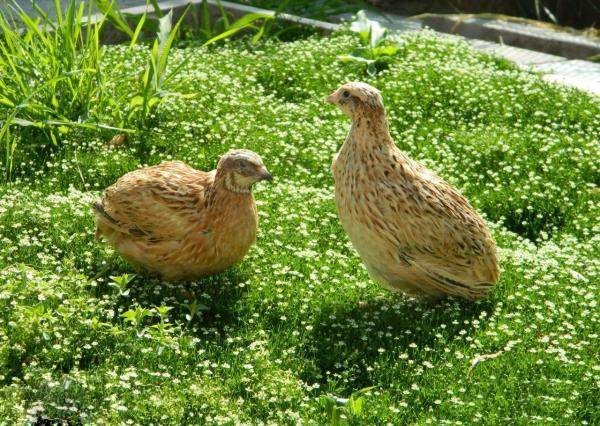
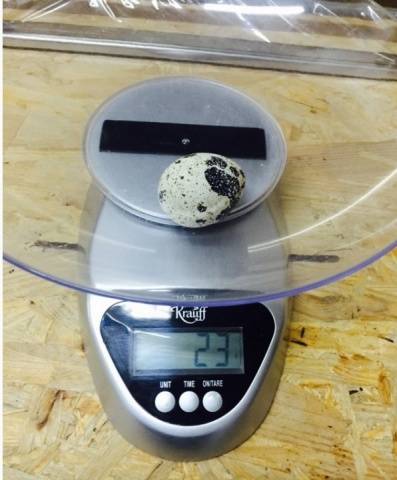
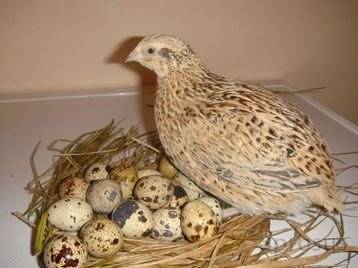

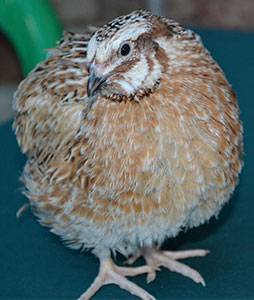
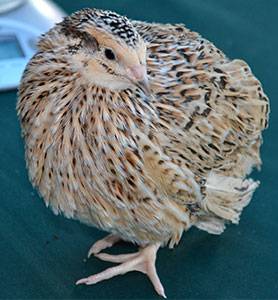
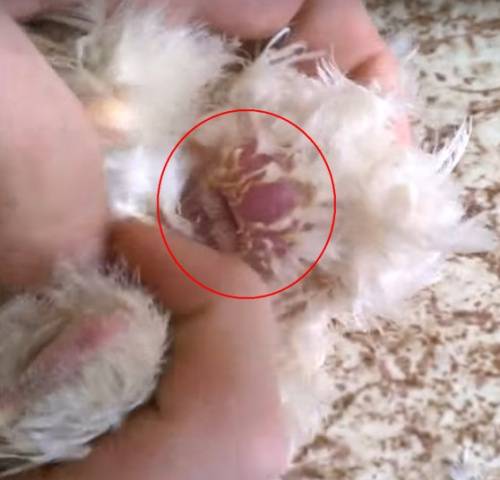
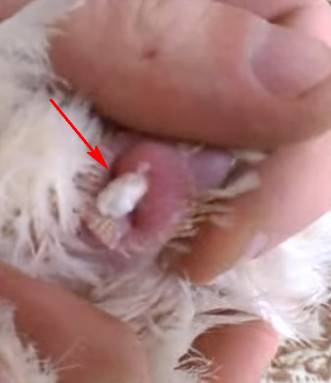
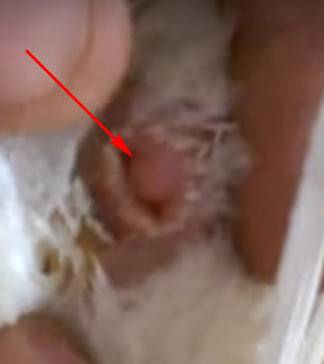
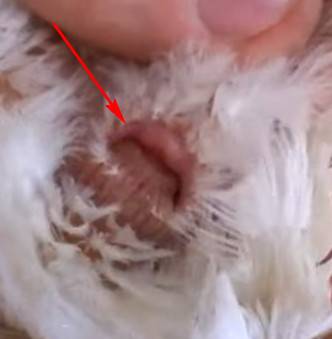
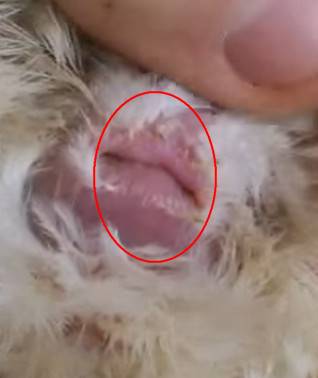
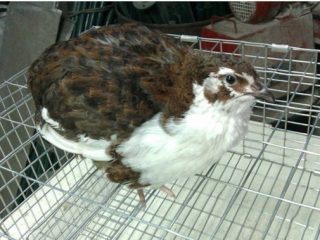
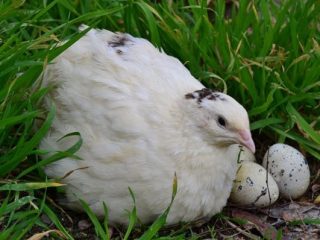
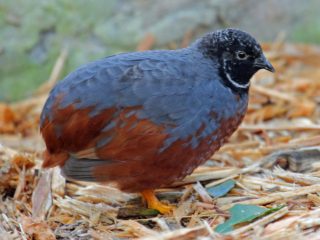
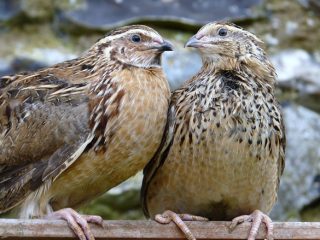

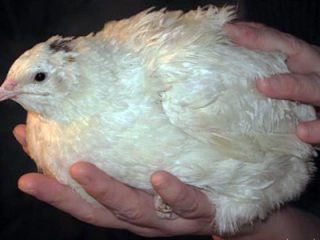

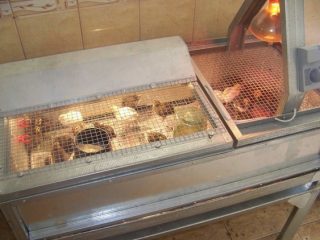

Very useful and interesting articles Thank you.